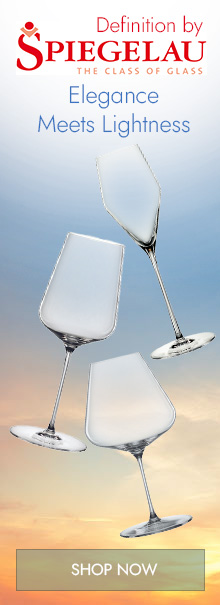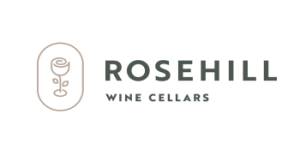In a custom wine cellar with presentation shelves, there are usually wine bottles that are especially appreciated for their labels. A wine label contains a lot of information. Some of the details provide critical insight on what’s inside the bottle. Other aspects of a wine label can be pure nonsense. In this first post in a series about wine labels, learn about the two primary styles of wine labels, with an emphasis on appellation.
Wine Labels Identified by Brand Name
There are two primary wine label styles typically found in stores. Wines are identified by brand name or designated by appellation credentials. When a wine is labeled by brand, the grape it’s made from is identified on the front label, such as “chardonnay.”
Wine Labels Identified by Appellation Credentials
For a wine with labeling identified by appellation credentials, quality level rules and regulations are relied upon to communicate what’s inside the wine bottle. The basic definition of “appellation” is: A vineyard or region in which a winegrower has legal authorization to identify and market wine. Chablis, for example, is an appellation wine. There is no mention of the grape, which is chardonnay, nor is there mention of it being, for example, an unoaked chardonnay.
The appellation system can be intimidating, as a way to categorize and classify wine. To make the best wine purchases, it is good to become acquainted with names and acronyms for appellations. The best wine typically carries a name with more specific regional boundaries. Designations for appellations differ according to country.
The United States
The American Viticulture Area (AVA) system originated in 1980. The AVA provides insights on cultural, geographic, and grape-growing features that affect the taste and quality of wine. Areas parceled into sub-appellations tend to make wines of the highest quality, according to opinion. For example, sub-appellations within the North Coast AVA are the Napa Valley AVA and Calistoga AVA (which is within the Napa Valley (AVA). Across the U.S., there are more than 230 AVAs.
The most confusing aspect of AVAs is that a quality-based or regional hierarchy does not exist.
France
Since 1937, France has organized wine with the Appellation d’Origine Contrôlée/Protégée (AOC/AOP) system. In France, there are more than 360 AOCs, and most of those are within 11 primary wine growing regions, including Bordeaux, Loire, and Alsace. The AOP system in France applies rules to virtually every aspect of wine production, to help wine collectors choose what to stock their custom wine cellars and wine racks with. This includes minimum alcohol levels, aging requirements, varieties of grapes that can be utilized, and density of vineyard planting. When you understand French appellations and the AOC/AOP system, you have a much better idea of what to expect in a bottle of wine. A Crémant d’Alsace Rosé, for instance, is required to be 100% Pinot Noir.
Contact Rosehill Wine Cellars
One of the reasons we get excited about appellation at Rosehill Wine Cellars is that we know customers familiar with wine-growing regions share our passion for wine. Proper storage is essential. Learn more about wine labels in this ongoing series.






